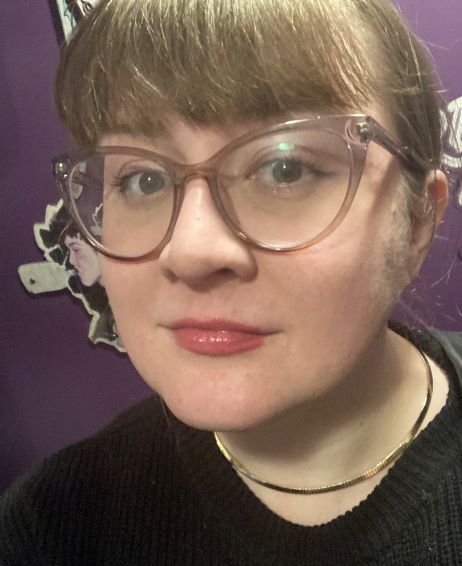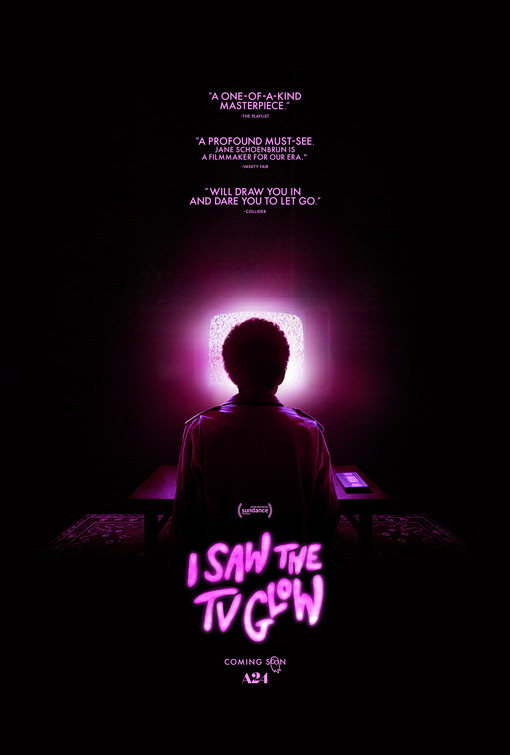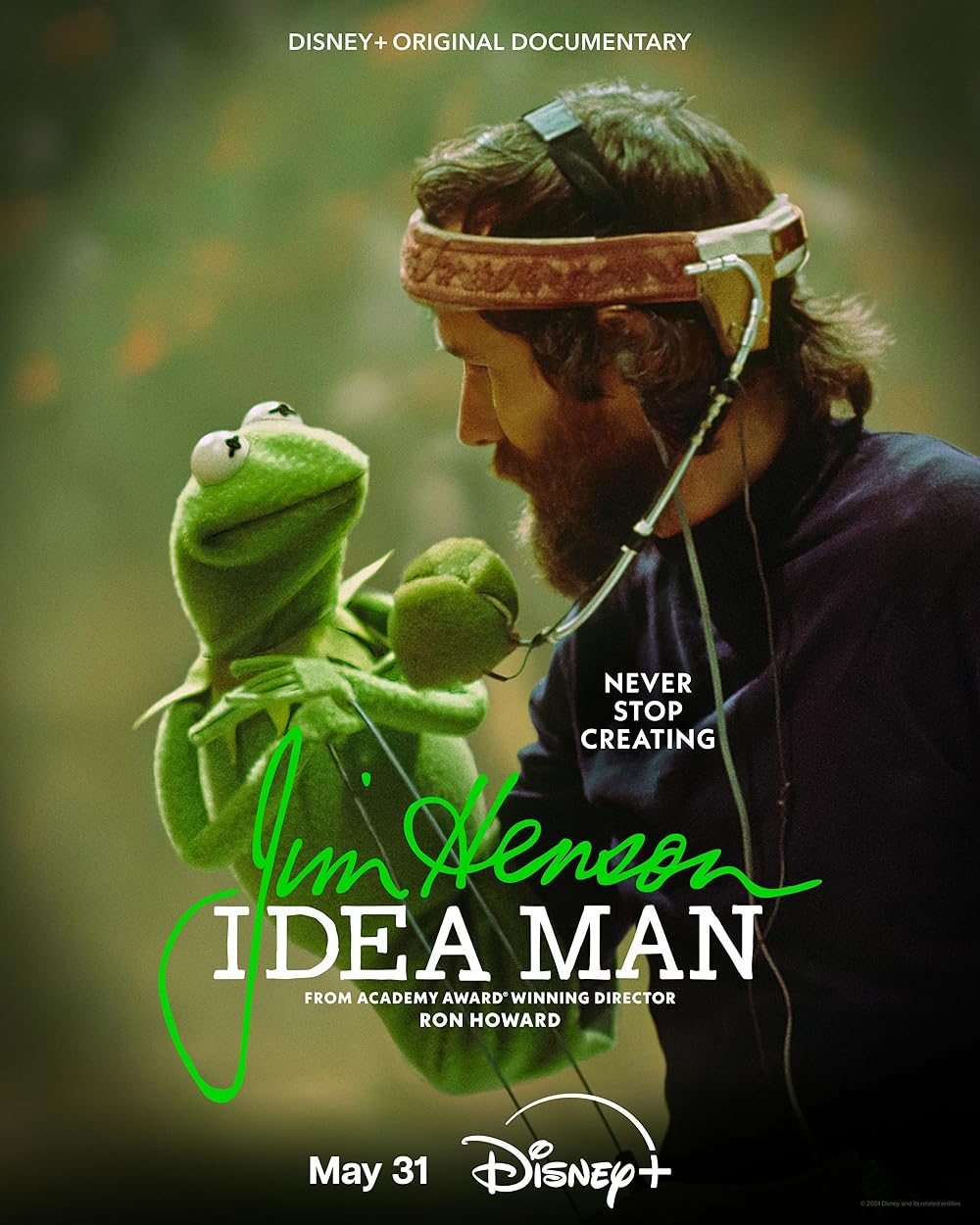This interview reveals plot details of the film “The Devil’s Bath,” and contains discussion of suicide.
Veronika Franz and Severin Fiala specialize in disturbing audiences. But “The Devil’s Bath” is dark, even for the directors of “Goodnight Mommy.”
Based on a little-known historical phenomenon called suicide by proxy, the film explores the pressures society places on women by placing viewers in the very different moral universe of 18th-century Austria. There, Agnes (Anja Plaschg), a fisherman’s wife, suffers from what those around her call “the devil’s bath.” (In the 21st century, we’d say she’s clinically depressed.) Agnes is a devout Catholic, and believes that if she dies by suicide, she will be damned. But if she kills someone else, she can confess before her execution and be forgiven, bringing her the release of death without sacrificing her immortal soul.
It’s a logic that’s horrifying to modern audiences, but made enough sense to people of the time that historian Kathy Stuart calls suicide by proxy a “major societal problem” in early modern Europe. To immerse viewers in Anges’ world, Franz and Fiala employed a team of historians to research the grim intersections of mental health, superstition, and salvation in her era. Similar to the process behind Robert Eggers’ “The Witch,” the film is partially based on real trial transcripts (referred to here as “protocols”), in which the women who committed these horrifying acts — like witch trials, suicide by proxy mostly affected women — spoke for themselves before their eagerly awaited executions.
We spoke with Franz and Fiala the day after their North American premiere at the Tribeca Film Festival, taking the opportunity to indulge in a shared interest in morbid history.
I read a fair amount of medieval and early modern history, and the phenomenon that you document in this film was not something I had heard of before. Where did you first learn about suicide by proxy?
Severin Fiala: We’re interested in people generally.
Veronika Franz: We’re curious people.
SF: But not experts on history. So we had never heard about this phenomenon [either]. Actually, before the book [our film is based on] came out, I think not a lot of people had heard about it at all. We came across it through an episode of “This American Life” about loopholes. A short amount of time was dedicated to suicide by proxy [on that episode], because women took those loopholes in order to kill themselves.
We were immediately fascinated, and contacted Kathy Stuart, the historian, and she was thrilled by the idea that a film might come out of her research. We read many, many trial protocols, interrogation protocols with these women. And that was actually what made us want to do this film, because history is usually not interested in these people. It was as if [they were] talking directly to us. And that was very moving.
VF: It also connects to modern times, because it’s about women who are under pressure from society and religious dogmas and who are — at least Agnes was — perfectionists. Agnes always feels that she’s not good enough, and a lot of women feel that way. They put themselves under a lot of pressure. So we were interested in that, as well as the theme of melancholy or depression.
SF: The pressure that society puts on us now is different, because — at least in our region — it’s not that much about religion. It’s something else. But I don’t think that the pressure became less. Now it’s a capitalist pressure to work and earn money. You always have to function. We’re in a society where mental health issues are still taboo — some people talk about them, but in many areas of the world it’s still a taboo. And I think what we force people to be encourages [mental] illnesses. That’s something that was true back then, and it’s still true now.
VF: [Earlier] research didn’t talk about suicide by proxy, because it was so complex compared, for example, to the case of witches. In the 1970s, [historians] started exploring more women’s history, which was not talked about until then. At first, they researched witches, because [those women] were victims of their times. And in [suicide by proxy], the[se women] are victims also, of course, of their circumstances. But they’re also murderers. It’s more complex.
SF: Earlier feminism didn’t talk about it, for the reasons that Veronika pointed out. But I think actually it’s more feminist to talk about women not only being victims of society, but also being able to murder somebody.

The world that Agnes lives in has a certain set of assumptions and beliefs that is very different from our own. How do you put the viewer in that society, and in that way of thinking, in a film without turning it into a history lecture?
VF: That was the challenge! Our headline was, “people are people.” Of course, they had a different mindset. Going to heaven meant something different back then — it was a goal.
SF: The only goal.
VF: The only goal, actually.
SF: Happiness wasn’t something that you thought you could achieve in life. You were just there to work, and everything good was supposed to come afterwards. That’s a different way of thinking, as you said. But still, [early modern] people, with all their fears and hopes and longings, were still very much humans like we are. We tried to connect [the material] to our own emotions, and to our modern world.
VF: And when it comes to the pressure of functioning in a society and doing the work which is required [of you], we [wanted to depict] the real people who actually did the work. That feels more real and relatable than a movie about nobility or kings.
SF: For example, in the fishing scenes, those are all real fishermen. This specific [style of] carp fishing has been done in the same way since the 13th century, so those people essentially do the same thing the same way as people would’ve done 300 years back. They’re not interested in lecturing, they’re just doing what they do. That’s what makes [the film] feel less like a history lesson, because you’re observing people just doing what they do.
As an American, something I was thinking about [watching this film] is that shooting historical films in Europe is an advantage, because you have all these lovely locations.
SF: In Austria, there are structures that are very old, and there are quite a few of them. Unfortunately, most of them have been renovated, so it’s hard to make them look as if they were [old]. They’re too beautiful.
VF: We also have streets with concrete and electricity. So it was actually difficult to find the stone house [in the film] — it’s close to the Czech border, which until 30 years ago was still [behind] the Iron Curtain and kind of a no man’s land. That’s why there are still old houses there that haven’t been renovated. It’s a very rural area.
SF: We just had to make it safe enough to actually shoot there, because these were more like woods than houses. But film makes everything look more light and beautiful.
VF: Even in terms of the execution place [at the beginning of the film] with the columns — this is a real place. In Austria, they still exist. We have, I don’t know, 10 or 15 old execution places hidden in the woods.
But [this] was a co-production with Germany, and they destroyed all their execution places. So the second one we had to build, which was strange because in Austria, we had 10 more places [to choose from]. But if you get money from Germany to make a movie, you also have to spend money there. So we had to shoot that in Germany, and had to build the execution place [at the end of the film].

There are a lot of interesting details in this film — people taking the fingers from executed criminals as talismans, that kind of thing. Are there any details like that you found in your research, but weren’t able to find a place for in the film?
SF: It’s great that you asked.
VF: [Laughs]
SF: One of my favorite findings in the research was the first version of the lottery. You made dumplings and put pieces of paper with numbers in them [inside]. Then you boiled the dumplings, and the first five dumplings to rise to the surface — you would take those out, and those were lucky numbers. So that’s actually where the lottery [in Germany and Austria] comes from.
Also, at executions, there was always a dentist. They advertised that they were doing operations [that were] totally painless, which of course was not true at all. But they had a clown, or some sort of entertainment, next to them, and made the people laugh while the [patient] was screaming so that the [crowd] wouldn’t hear that they’re actually in pain.
I was interested in that final execution scene, because you show it having a festival atmosphere. It’s a cathartic event for the whole community.
SF: That’s how it was. For us, it was moving that this woman had lived a life in silence, basically just working with nothing going on. And then, when she dies, there’s a huge party. Most of the people who attended her wedding show up again, because there are free drinks and stuff like that. There is something very human in that.
VF: We had four historians doing research. Besides Kathy Stewart [who wrote the book on suicide by proxy], we had a guy who researched executions and superstitions [around them]. The ending of the film is based on his research. People drank the blood [of executed criminals] because they thought it would cure diseases, especially depression. Executioners even sold bloody sand.
SF: Which is absurd, because many of those women who committed suicide by proxy got the idea from these executions, or because they saw the posters we have in the film. They couldn’t read or write, but they saw the images. So they were brought there to be healed [of their depression] by drinking the blood of somebody who was executed. But instead, they got the idea of how to kill themselves at that execution, which is absurd and fascinating.
It’s this grim cycle. It’s interesting how you underline the way that society and its beliefs about women shape Agnes’s actions.
SF: That’s part of the point of the film. It’s always society that shapes our choices. We are living in a different society, but it’s not less oppressive — it may be even more. And it shapes our choices as well. I think that’s something that’s very good to be aware of as a human being.

Your lead, Anja Plaschg, gives a powerhouse monologue towards the end of the movie. What were your cinematic inspirations for that scene, and what kind of discussions did you have with Anja going into it? It seems like it must’ve been intense to film.
SF: It was!
VF: It was one take. We knew beforehand that we would not be able to repeat that scene. We usually shoot chronologically, so [Anja] knew her character very well [by that point]. And the priest was a real priest, which added to the scene. So he really would take her confession.
SF: It felt sort of stupid to tell Anja, “okay, now we shoot 10 takes of this confession scene.” So I told her, “you’re going to confess.” She knew the protocols, and she had lived through the whole film, so we knew that she would say the right things. It was important to us that she knew, “this is your confession,” and not “this is take one of your confession.” To feel the pressure of, “this is the moment, and we cannot repeat it.”
VF: And I think the directness of it, with her looking into the camera and confessing, was the perfect choice. It’s the closest we came to the protocols, because when we read the protocols, she was talking to us [directly] about her life. And that’s what she does at this moment. We knew it should be as intense as possible. We weren’t really inspired by other movies —
SF: Not consciously. [The scene has] been compared to [Carl Theodore Dreyer’s 1928 silent film] “The Passion of Joan of Arc,” which is the greatest honor. That’s a movie we love and know, but it wasn’t a conscious choice to film our scene in a similar way. It’s just, we discussed it with the DP and felt like she should look upwards —
VF: to God, or the priest, or whatever.
SF: We also felt that we wanted her to talk directly to us. It’s a very emotional moment.












